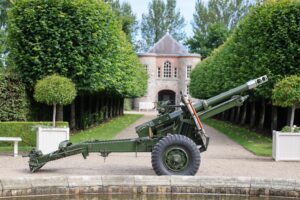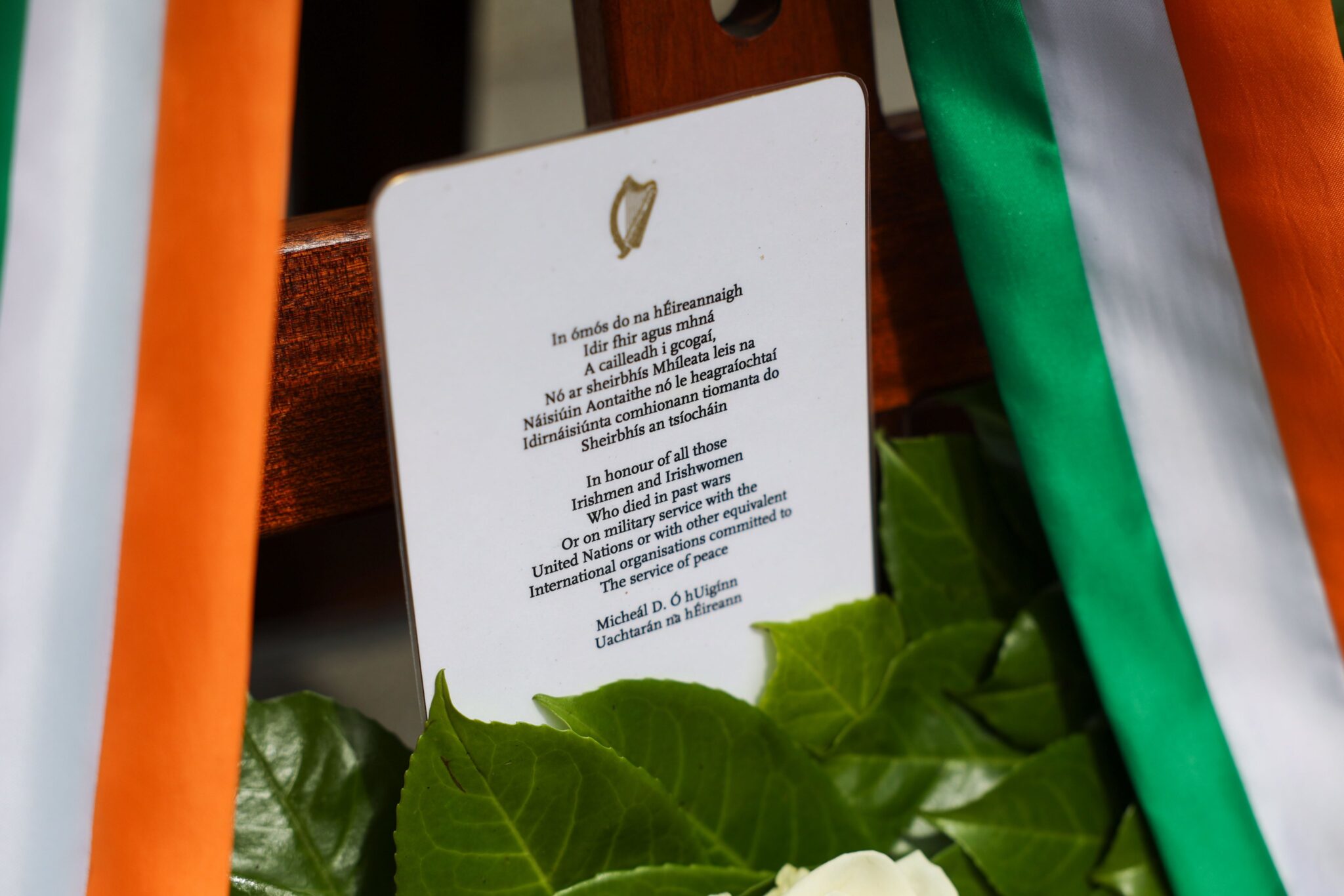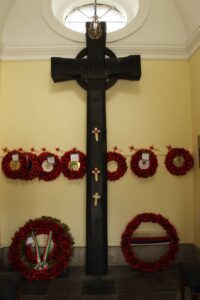National Day of Commemoration – Royal Hospital Kilmainham – 14 July 2024

Throughout Ireland, the National Day of Commemoration, An Lá Comórtha Náisiúnta, took place on Sunday, 14 July 2024. This year the principal event was held at the Royal Hospital Kilmainham, Dublin. Ceremonies were also held in Cork, Galway, Kilkenny, Limerick, Waterford, and Sligo. The purpose of the National Day of Commemoration is to remember all those Irish soldiers who lost their lives in past wars, or on military service with the United Nations, and other International Organisations in the cause of peace.
The National Day of Commemoration occurs on the Sunday nearest to the 11 July, the anniversary of the date in 1921 when a truce was signed ending the War of Independence.
The first National Day of Commemoration was held on 13 July 1986 in the Garden of Remembrance, during which a commemorative plaque was unveiled by President Patrick Hillery. The ceremony was moved to the Royal Hospital Kilmainham in 1987. Due to structural renovations, the 2018, 2019 and 2022 events were moved from Kilmainham to Collins Barracks, Dublin. In 2023 the ceremony was held in Collins Barracks Cork.
The military and religious ceremony in the Royal Hospital was held in the presence of the President, the Taoiseach and other members of the Government of Ireland, members of the Oireachtas, the Council of State, the Diplomatic Corps, the Judiciary and Northern Ireland representatives.
Attendees also included the Defence Forces, An Garda Síochána, the next-of-kin of those who died on service with the United Nations, relatives of the 1916 Leaders, and a wide cross-section of the community. Also in attendance were representatives of a range of Representative Associations and Veterans Associations including RACO, PDFORRA, RDFRA, ARCO, ONE. IUNVA and RBL, and a significant number of Defence Forces Veterans.
The Chairman of the Military Heritage of Ireland Trust was represented by Brigadier-General Paul Pakenham (Retd). Directors in attendance included Brigadier-General Jim Saunderson (Retd), Colonel William H, Gibson (Retd), Mr Phillip Hamell, Colonel Harvey Bicker (Retd), Ms Brenda Malone, Lieutenant-Colonel Eamonn Fogarty (Retd) and Commandant Lay Joye AR.
The ceremony was open to the public.

The Commemorative Plaque carries the following inscription: “In honour of all those Irishmen and Irishwomen, who died in past wars, or on service with the United Nations, and other International Organisations in the service of peace”.
The ceremony commenced at 1100hrs with the Chief of Staff Lieutenant-General Seán Clancy and the Assistant Chief of Staff Brigadier-General Ross Mulcahy formally welcoming An tUachtarán Michael D. Higgins on his arrival at the Royal Hospital with a Captain’s Escort of Honour drawn from 2 Cavalry Squadron under the command of Captain Maurice Harnett.
President Higgins received the Presidential Salute from a Captain’s Guard of Honour under the command of Captain Patrick Fitzgerald 1 Brigade Artillery Regiment, which was drawn from the three components of the Defence Forces namely the Army (1 Brigade Artillery Regiment), Naval Service and Air Corps.
The Parade Commander was Lieutenant-Colonel Peadar Ó Catháin, Regimental Commander 1 Brigade Artillery Regiment. Commandant Kate Hanrahan, Defence Forces Headquarters, was the Parade Marshal.
Representatives of Faith, Belief and the Broader Community participated in a multi-faith act of Commemoration, each according to their own tradition: the Islamic Cultural Centre, the Jewish Community of Ireland, the Roman Catholic Church, the Georgian Orthodox Church, the Methodist Church in Ireland, the Church of Ireland, the Presbyterian Church, the Vedic Hindu Cultural Centre in Ireland, the Irish Buddhist Community, and the Humanist Association of Ireland,
The musical programme played by the Band of the 2 Brigade, under the direction of Captain John Carpenter included, The Water is Wide, The Last Rose of Summer, Brón and Ennosch k’chozir jamow. Accompanied by the Band of 2 Brigade, Sergeant Joseph Meade, Defence Forces School of Music, played Marbhna Luimní.
Music interludes were provided by Ms Kelli-Ann Masterson – Soloist, accompanied by the Band of 2 Brigade, and included Laudate Dominum and She is Far from the Land.

The Cadet Honour Guard, drawn from the 100 Cadet Class, was under the command of Captain Ross Flanagan.

The President laid a wreath on behalf of the people of Ireland at the Commemorative Plaque. This was followed by a period of one minute’s silence terminated by the firing of a 25 Pounder Gun Howitzer deployed by the 2 Brigade Artillery Regiment. Military honours were rendered by the Cadet Guard of Honour, with instrumentalists from the Band of 2 Brigade sounding the Last Post and Reveille. The Flag Officer was Captain Tony Smyth.
The ceremony concluded with the playing of The National Anthem and a fly past flown by three PC9s in formation from the Air Corps.
Following the National Day of Commemoration Ceremony, the Military Heritage of Ireland Trust hosted a lunch on behalf of An Taoiseach, in the Board Room, Royal Hospital Kilmainham. Representing the Trust’s Chairman, Brigadier-General Paul Pakenham (Retd) welcomed the guests, and Brigadier (Retd) Adrian Naughten MBE MA, Chairman of the Combined Irish Regiments Association responded.

The Royal Hospital Kilmainham was built between 1680 and 1684 as a hospital for retred soldiers from the British Army. Based on Les Invalides in Paris, it predates the Royal Hospital in Chelsea by 2 years. It is the oldest neoclassical building in Ireland and was handed over to the Irish Free State in 1922. Since 1991, it has been the home of the Irish Museum of Modern Art, and also houses a magnificently restored conference and banqueting centre.
Photographs courtesy of Airman Gibney, Defence Forces Public Relations Branch.






